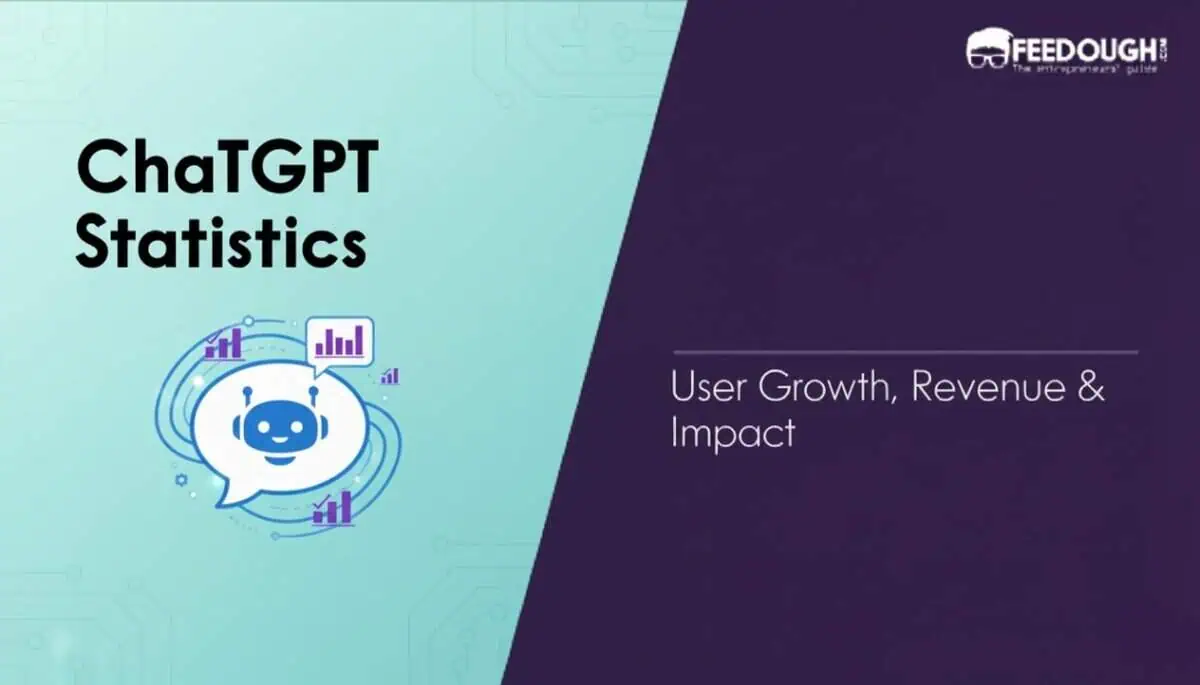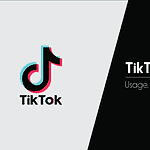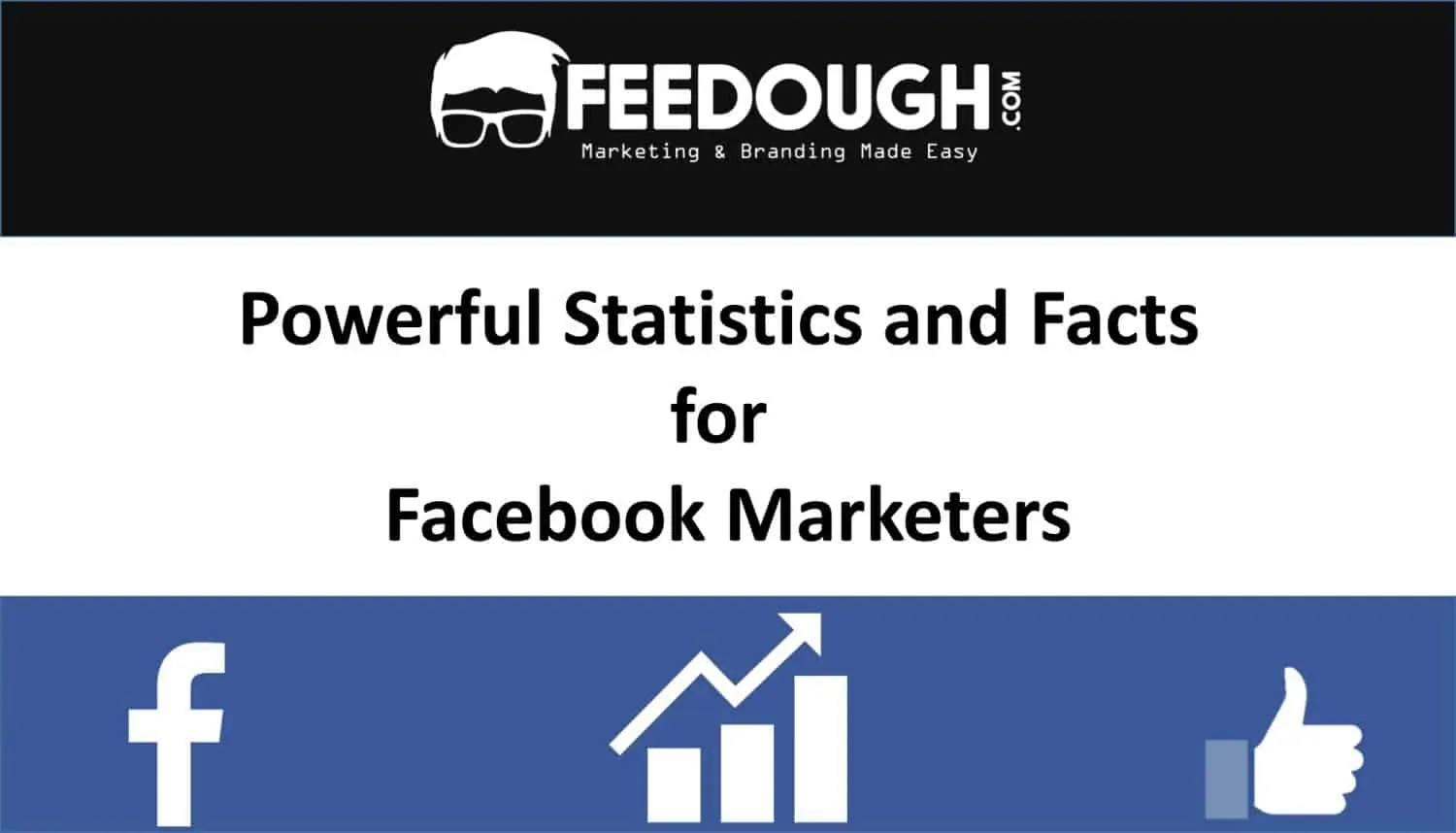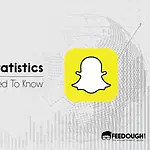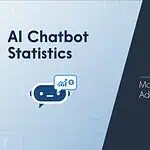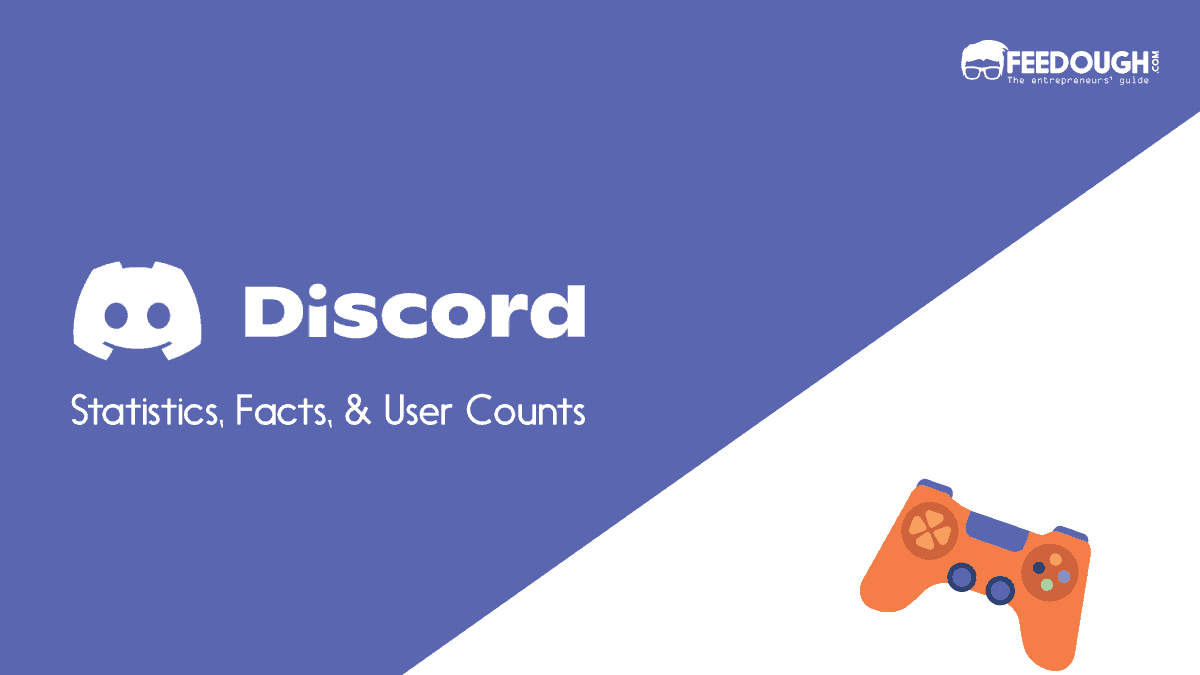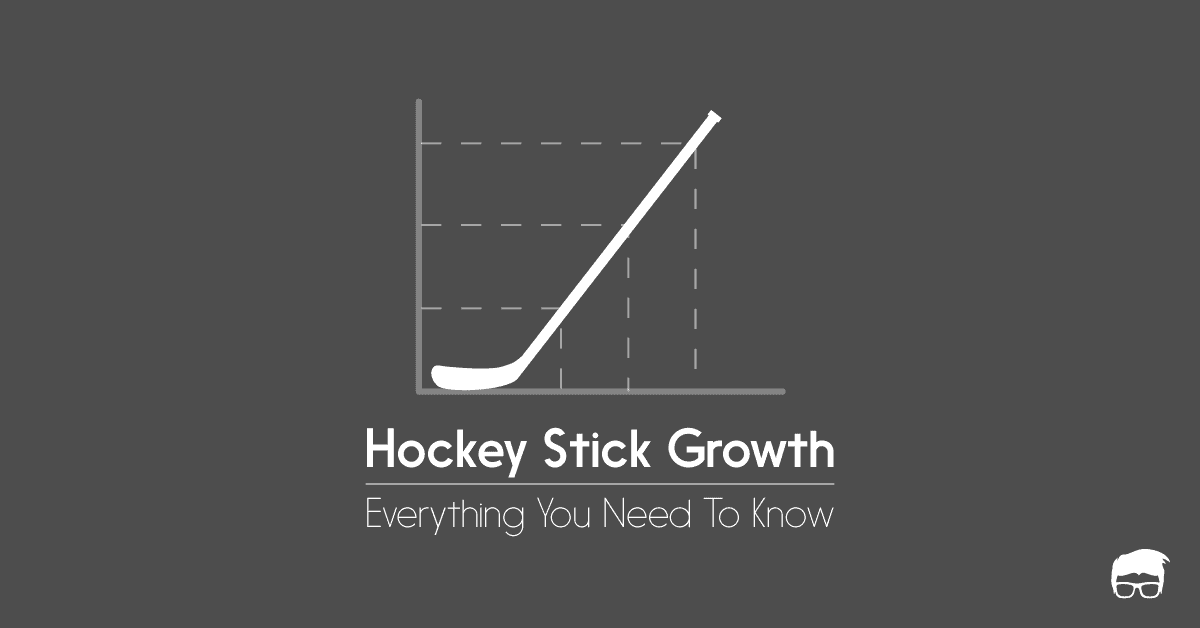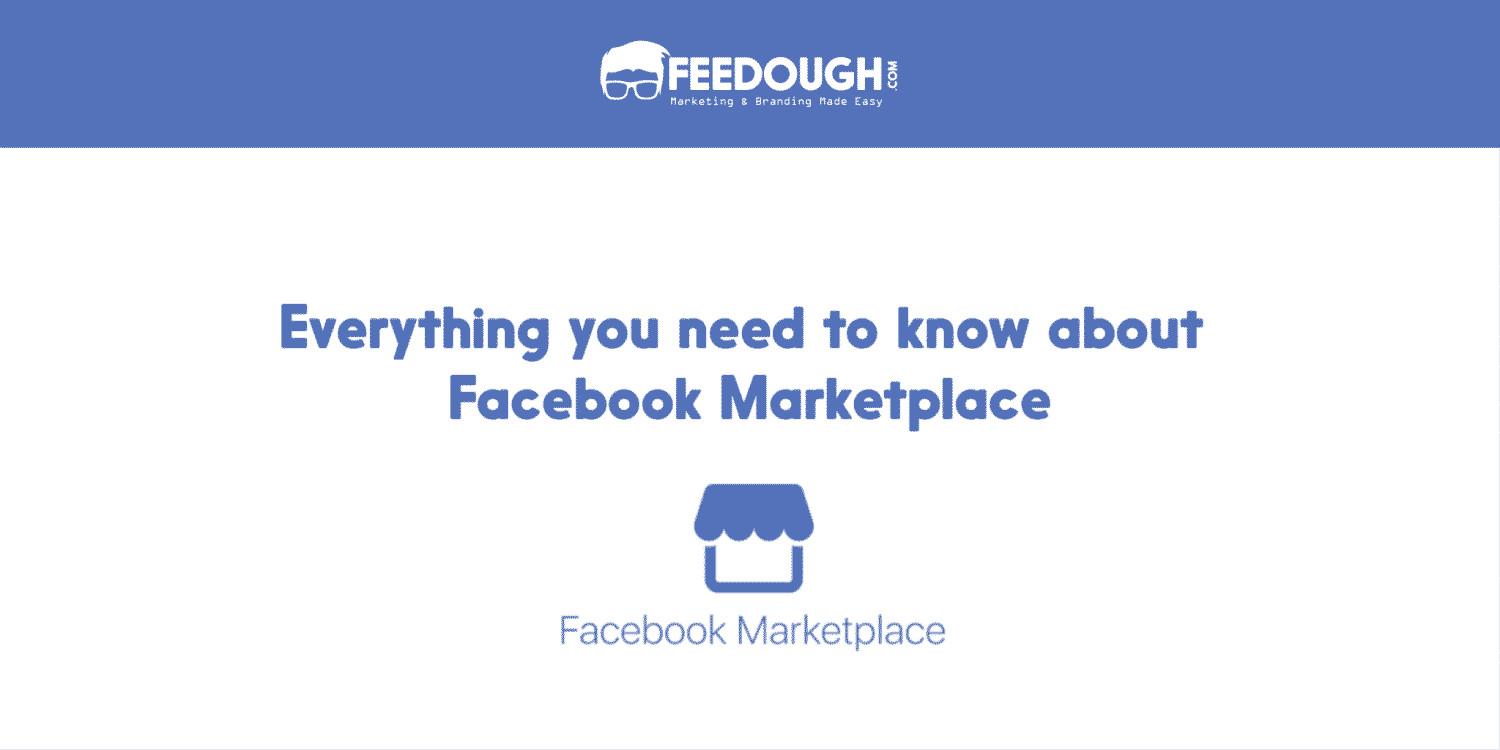ChatGPT went from zero to 800 million weekly users in less than three years. That’s not just impressive, it’s the fastest adoption of any technology platform in human history.
Think about it this way. Facebook took eight years to reach 800 million users. Instagram needed six years. TikTok, which felt like it exploded overnight, still took four years to hit that milestone. ChatGPT? It crushed those records while most people were still figuring out what “generative AI” even meant.
These aren’t just vanity metrics either. We’re talking about nearly one in ten people on Earth using an AI tool every single week. That level of integration into daily life tells us something fundamental has shifted in how humans interact with technology.
The numbers behind this growth story reveal patterns that go way beyond typical tech adoption curves. They show us where AI is heading and hint at changes most of us haven’t even considered yet.
Key ChatGPT Statistics
User Growth
- 800 million weekly active users as of September 2025
- Doubled from 400 million to 800 million in just 7 months (Feb–Sept 2025)
- Growing by about 57 million new weekly users per month
- Targeting 1 billion weekly active users by end of 2025
Revenue and Monetisation
- $12 billion annual recurring revenue (ARR) by July 2025
- Monthly revenue grew from $500 million in January 2025 to $1 billion in July 2025
- 15.5 million ChatGPT Plus subscribers ($20/month)
- 1.5 million enterprise customers, driving majority of revenue
Mobile App Performance
- 64.26 million app downloads in March 2025 (one month)
- 318 million downloads in 2025 so far (2.8x increase year-over-year)
- $2 billion in consumer spending since launch, with $1.35 billion in 2025 alone
- Average revenue per download: $2.91 globally, $10 in the U.S.
User Demographics
- Gender: 64% male, 36% female (but female share rose to 52% by mid-2025)
- Age: 45% under 25; 54% between 18–34
- Geography:
- U.S. 19% of users, India 7%, Brazil 5%
- India leads in daily usage intensity (36% vs global avg. 17%)
- Denmark: 56.5% monthly usage, 15.2% daily
- Japan: 57.2% monthly usage, 7.1% daily (lowest globally)
Enterprise Adoption
- 1.5 million enterprise users as of March 2025 (10x growth year-over-year)
- 92% of Fortune 500 companies use OpenAI products
- Industry adoption rates: Marketing professionals 65%, Journalists 64%, Developers 63%
- 61% of companies globally use ChatGPT for writing tasks
ChatGPT User Growth and Scale Statistics
ChatGPT reached 800 million weekly active users by September 2025. This is unprecedented in the tech world.
The platform’s user base doubled from 400 million to 800 million users in just seven months between February and September 2025. That’s adding roughly 57 million new weekly users every month.
To put this in perspective, it’s like every person in Germany started using a new app in the same week; that’s what ChatGPT was seeing month after month throughout 2025.
OpenAI is targeting 1 billion weekly active users by the end of 2025, which means adding another 200 million users in just a few months. If they hit that target, ChatGPT would have more weekly users than Instagram, which took over a decade to build its audience.
When nearly 10% of the global population uses an AI tool weekly, it shows a fundamental shift in how people access and process information. ChatGPT’s user base spans every continent, every income level, and every age group that’s online.

ChatGPT Revenue and Monetisation Statistics
OpenAI hit $12 billion in annual recurring revenue by July 2025. The company went from zero to $12 billion ARR faster than anyone thought possible.
The monthly numbers are even better. OpenAI started 2025 at $500 million per month. By July, they’d doubled it to $1 billion monthly.
What’s driving all this revenue? Two main sources. On the consumer side, ChatGPT Plus has attracted 15.5 million subscribers as of February 2025. These people are paying $20 monthly for faster responses, priority access, and advanced features.
But the real money maker is enterprise customers. OpenAI has locked in 1.5 million business customers who need ChatGPT for team collaboration, custom workflows, and enterprise-grade security. These deals typically run much higher than consumer subscriptions.
Most software companies take decades to reach even half these numbers. ChatGPT did it while the world was still figuring out what AI could actually do for them.
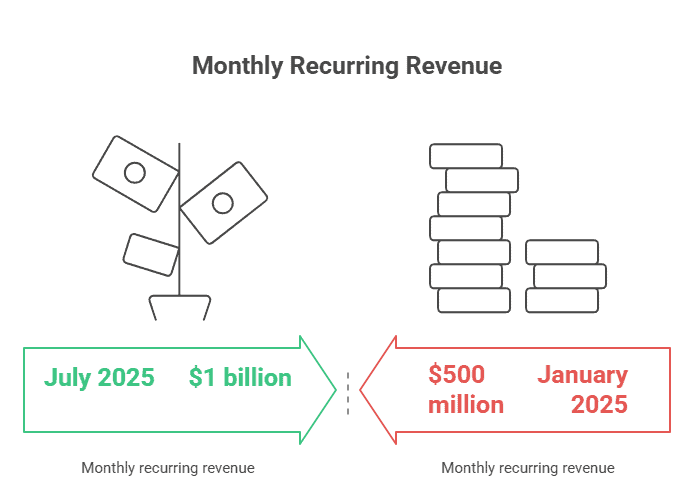
ChatGPT Mobile App Performance Statistics
The mobile app is driving a huge chunk of ChatGPT’s growth. People quickly adapted to having AI conversations on their phones, turning what started as a desktop experience into something you can access anywhere.
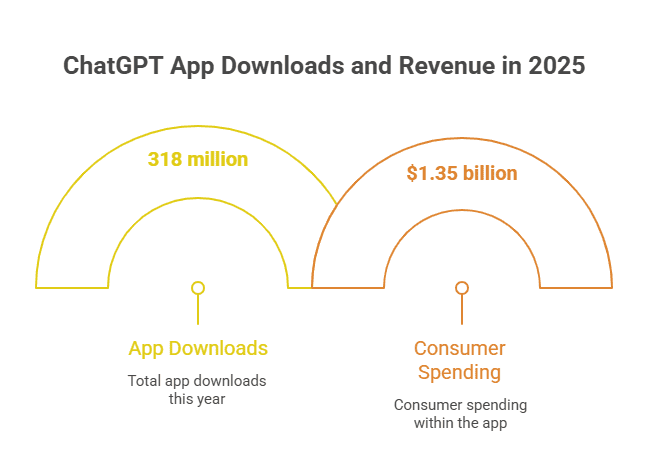
ChatGPT App Store Rankings and Downloads
According to Statista, ChatGPT hit 64.26 million monthly app downloads in March 2025 alone. That’s like the entire population of the UK downloading the app in a single month.
The app has racked up 318 million downloads in 2025 so far. That’s a 2.8x increase from the previous year. People aren’t just trying the app once and forgetting about it. They’re downloading it, using it, and telling others to do the same.
Mobile Usage Patterns and Engagement
TechCrunch reports that ChatGPT’s mobile app has generated $2 billion in global consumer spending since launch—with $1.35 billion of that coming in 2025 alone.
That’s a 673% year-over-year growth in mobile revenue. Globally, the app averages $2.91 in revenue per download. In the U.S., that number jumps to $10 per download.
This shows people aren’t just casually using the mobile app. They’re finding it valuable enough to upgrade to paid plans. American users spend more than three times the global average, which shows the app has found a strong product-market fit in markets where people are comfortable paying for premium digital services.
ChatGPT User Demographics and Behaviour
ChatGPT isn’t just attracting the typical tech early adopters anymore. It’s pulled in users across age groups, genders, and countries.
ChatGPT Age and Gender Demographics
According to Exploding Topics, 64.32% of ChatGPT users are male, while 35.68% are female. But recent data shows this gap narrowing, with some sources reporting female users rising to 52% versus male 48% as of June 2025.
More than 45% of users are under 25, and 54% fall into the 18-34 age bracket. These are digital natives who grew up expecting technology to just work intuitively.
ChatGPT has become genuinely mainstream among younger users who treat it like any other app on their phone.
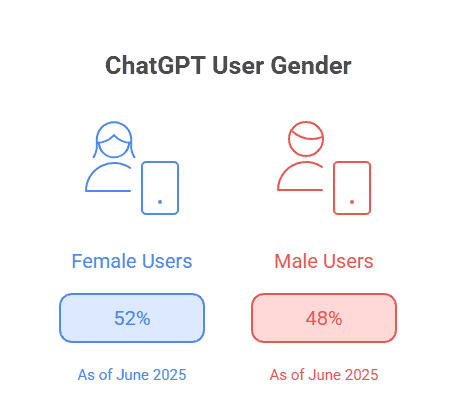
Geographic Distribution and Usage Patterns
SQ Magazine data shows Denmark leading monthly usage at 56.5%, but only 15.2% of Danish users access ChatGPT daily. France shows similar patterns with 47.1% monthly usage but just 17.6% daily users.
Japan has 57.2% monthly usage but the lowest daily usage globally at just 7.1%. This shows different cultural approaches to AI adoption.
For total user numbers, the US dominates with 19% of all ChatGPT users, followed by India at 7% and Brazil at 5%. But India leads in daily usage intensity at 36%—well above the global average of 17%.
Different regions are finding their own rhythms with ChatGPT, from Denmark’s monthly check-ins to India’s daily integration.
ChatGPT Business and Enterprise Adoption Statistics
The corporate world didn’t just embrace ChatGPT—it practically sprinted toward it. Most enterprise technology takes years to gain traction, but ChatGPT rewrote the playbook entirely.
ChatGPT Enterprise Customer Growth
As of March 2025, ChatGPT has 1.5 million enterprise users—that’s a 10x increase in just one year. Most business software celebrates doubling its user base annually.
Over 80% of Fortune 500 companies adopted ChatGPT within nine months of its launch. Nine months. For context, enterprise software adoption usually takes years of pilot programs, committee meetings, and gradual rollouts.
The latest data shows 92% of Fortune 500 companies now use OpenAI’s products in some capacity. That’s not just experimentation—that’s full integration into daily business operations.
Industry-Specific ChatGPT Adoption
Software developers lead the pack with 63% adoption. ChatGPT helps with coding, debugging, and documentation. These are the professionals who spotted the tool’s potential immediately.
Journalists aren’t far behind at 64% adoption. They’re using it for research, drafting, and fact-checking preliminary ideas before diving deeper. Marketing professionals hit 65%, using the tool for campaign brainstorming and content creation.
78% of companies globally now use AI in their daily operations, with 61% specifically using ChatGPT for writing tasks. Educational institutions are showing similarly strong adoption rates, though exact numbers vary by region and institution size.
These aren’t just pilot programs anymore. These are established workflows that professionals depend on daily.
A startup consultant, digital marketer, traveller, and philomath. Aashish has worked with over 20 startups and successfully helped them ideate, raise money, and succeed. When not working, he can be found hiking, camping, and stargazing.
